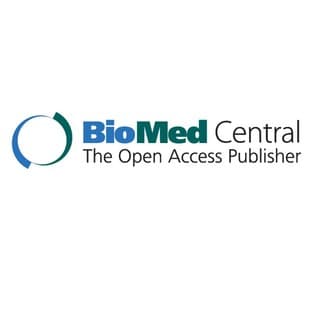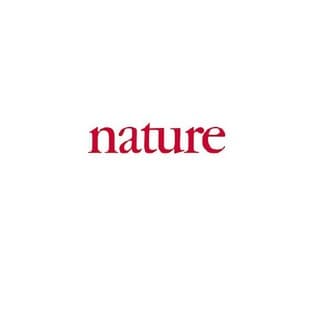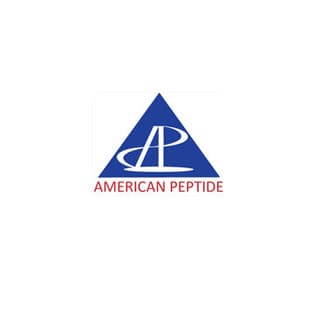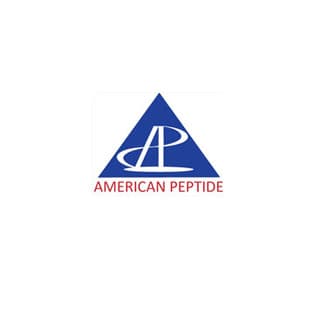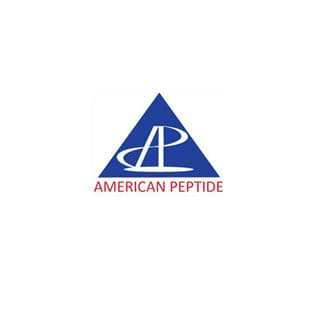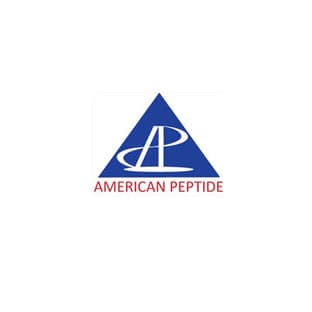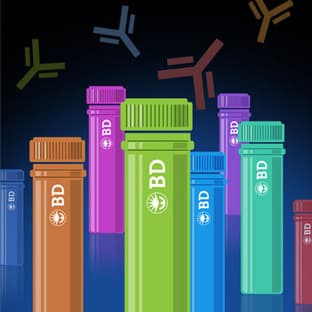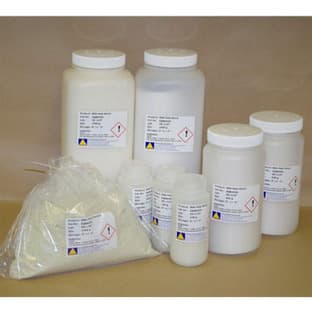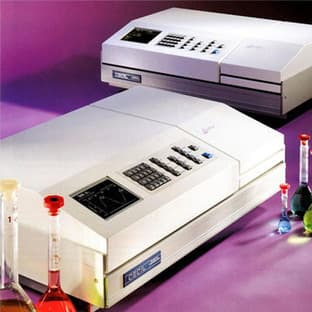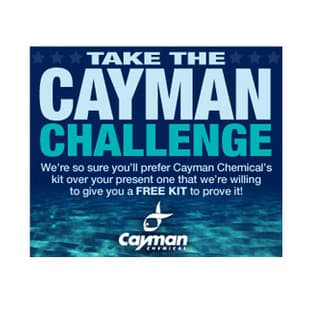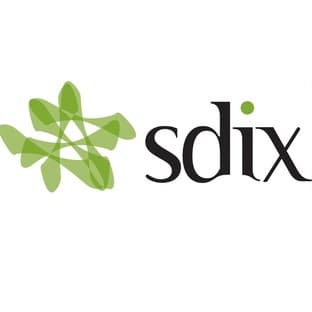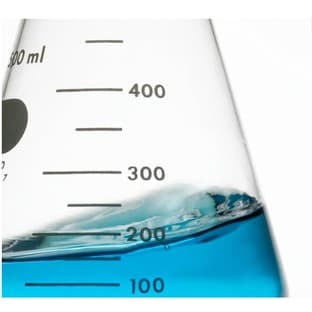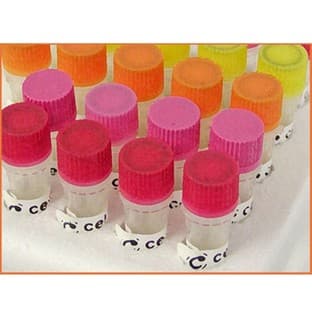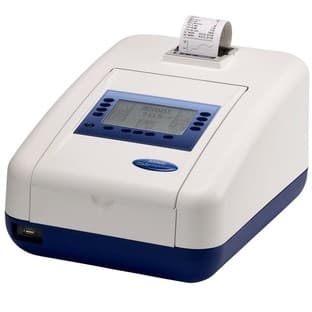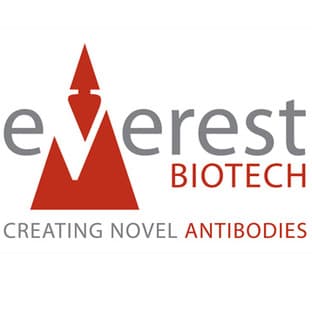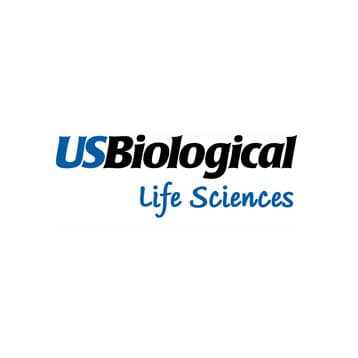
Supplier:
United States BiologicalCat no: T5596-0451
Tissue Array, Human, BioAssay(TM) Normal colon tissue (multi-sites) with 3-case adenocarcinoma
Prices direct from United States Biological
Quick response times
Exclusive Biosave savings/discounts
SPECIFICATIONS
Catalog Number
T5596-0451
Size
1 Array
Applications
IHC
Reactivities
Hum
References
Kazuhiko Mishima, Yukimari Kato, Mika Kato Kaneko, Ryo Nishikawa, Takanori Hirose and Masao Matsutani. Increased expression of podoplanin in malignant astrocytic tumors as a novel molecular marker of malignant progression. Acta Neuropathol March (2006). (paper)\nMohammad Saleem, Vaqar Mustafa Adhmai, Weixiong Zhong, B. Jack Longley, Chen-Yong Lin, Robert B. Dickson, Shannon Reagan-Shaw, David F. Jarrard, and Hasan Mukhtar. A novel biomarker for staging human prostate adenocarcinoma: Overexpression of matriptase with concomitant loss of its inhibitor, hepatocyte growth factor activiator inhibitor-1. Cancer Epidemiol Bioimarker Prev 15(2) 217-227, February (2006). (paper)\nChen-Feng Qi, Shao Xiang, Min Sun Shin, Xingpei Hao, Chang Hoon Lee, Jeff X. Zhou, Ted A. Torrey, Janet W. Hartley, Torgny N. Fredrickson, Herbert C. Morse III. Expression of the cyclin-dependent kinase inhibitor p27 and its deregulation in mouse B-cell lymphomas. Leukemia Research (30) 153-163, February (2006). (paper)\nTin Lab Lee, Jason Yeh, Carter Van Waes and Zhong Chen. Epigenetic modification of SOCS-1 differentially regulates STAT3 activation in response to interleukin-6 receptor and epidermal growth factor receptor signaling through JAK and/or MEK in head and neck squamous cell carcinomas. Mol Cancer Ther 5(1) 8-19, January (2006). (paper)\nN Chen, MN Szentirmay, SA Pawar, M Sirito, J Wang, Z Wang, Q Zhai, H-X Yang, DM Peehl, JL Ware and M Sawadogo. Tumor-suppression function of transcription factor USF2 in prostate carcinogenesis. Oncogene 1-9 (2005) (paper)\nMing Li, Sandeep Sood, Su Wang, Mingzhu Fang, Peng Wang, Zheng Sun, Chung S. Yang and Xiaoxin Chen. Overexpression of 5-Lipoxygenase and Cyclooxygenase2 in Hamster and Human Oral Cancer and Chemopreventive Effects of Zileuton and Celecoxib. Clinical Cancer Research Vol. 11, 2089-2096, (2005). (paper)\nMin Yan, Ronald M. Rerko, Petra Platzer, Dawn Dawson, Joseph Willis, Min Tong, Earl Lawrence, James Lutterbaugh, Shilong Lu, James K. V. Wilson, Guang bin Luo, Jack Hensold, Hsin Hsiung Tai, Keith Wilson, and Sanford D. Markowitz. 15-Hydroxyprostaglandin dehydrogenase, a COX-2 oncogene antagonist, is a TGFg induced suppressor of human gastrointestinal cancers. PNAS Vol.101, No. 50, 17468-17473 (2004). (paper)\nLuping Wang, JiyaoYuc, Jian Ni, Xue-Ming Xua, Jianjin Wang, Haoyong Ning, Xu-Fang Peia, Jinguo Chen, Shanmin Yang, Charles B. Underhilla, Lei Liu, Joeri Liekensh, Joseph Merregaerth, Lurong Zhang. Extracellular matrix protein1 (ECM1) is over-expressed in malignant epithelial tumors. Cancer Letter Vol. 200 75-67 (2003) (paper)\nHolger Moch, Juha Kononen, Olli-P. Kallioniemi, and Guido Sauter, Tissue microarrays: what will they bring to molecular and anatomic pathology. Advances in Anatomic Pathology Vol.8, No.1,14-20, (2001).\nRonald Simon, Jan Richter, Urs Wagner, et al., High-throughput tissue microarray analysis of 3p25 (RAF1) and 8p12 (FGFR1) copy number alterations in urinary bladder cancer. Cancer Res. 61:4514-4519, (2001).\nMark A. Rubin. Use of laser capture microdissection, cDNA microarrays, and tissue microarrays in advancing our understanding of prostate Cancer. J. Pathol. 195:80-86, (2001).\nOlli-P. Kallioniemi, Urs Wagner, Juha Kononen and Guido Sauter, Tissue microarray technology for high-throughput molecular profiling of cancer. Human Molecular Genetics Vol.10, No.7, 657-662, (2001).\nDavid L. Rimm, Robert L. Camp, Lori A.Charette, et al., Tissue microarray: a new technology for amplification of tissue resources. The Cancer Journal Vol.7, No.1, (2001).\nLukas Bubendorf, Antonio Nocito, Holger Moch and Guido Sauter, Tissue microarray (TMA) technology: miniaturized pathology archives for high -Throughput in situ studies. J. Pathol. 195:72-79, (2001).\nChad R. Englert, Galina V. Baibakov, and Michael R. Emmert-Buck, Cancer Res. 60:1526-1530, (2000).\nF. von Eggeling, H. Davies, L. Lomas, W. Fiedler, K. Junker, U. Claussen and G. Ernst, Tissue-specific microdissection coupled with proteinchip array technologies: applications in cancer research. Biotechniques Vol.29, No.5, 1066-1070, (2000).\nOlivier Braissant and Walter Wahli, A simplified in situ hybridization protocol using non-radioactively labeled probes to detect abundant and rare mRNAs on tissue sections. Biochemica No.1, 10-16, (1998).
SUPPLIER INFO
Applications
ELISA, WB
Hosts
Rabbit
Reactivities
Hum
Applications
ELISA
Hosts
Mouse
Reactivities
Hum, Mouse
Applications
ELISA
Hosts
Mouse
Reactivities
Hum, Mouse
Applications
ELISA
Hosts
Mouse
Applications
FC, IP
Hosts
Mouse
Reactivities
Hum
Applications
WB
Hosts
Rabbit
Reactivities
Hum, Mouse, Rat
Latest promotions
Spend less time on DNA cleanup so you can do more science. The MSB Spin PCRapace is the fastest way to purify your DNA from PCR, restriction digestion, and...
New brilliant antibodies, and new lower prices!For flow cytometry reagents in general, \"bright is better.\" The violet-excitable BD Horizon™ BV421 and...
As an incentive to qualify our BSA, we are offering a 20% discount when you purchase your first 100g, 500g or 1000g of any grade of Bovine Serum Albumin....
It is not every day that you are given something for nothing. We are giving away additional spectrophotometer software.Cecil Instruments have enhanced the...
We're so sure that you'll prefer Cayman Assay kits over your present brand that we're willing to give you a free assay kit to prove it!
10% Discount on 2 Rabbit Polyclonal Antibody Service. With over 20 years experience, SDIX has developed into the premier US custom antibody producer,...
For the past decade scientists have extensively used ATS secondary toxin conjugates to make their own targeted toxins for in vitro use.The ability to combine...
Did your supplier increase the price of Fetal Bovine Serum? Did they substitute the US Origin with USDA? Well say no more! Innovative Research is still...
Bulk Cytokines with Custom Vialing.20 - 50% off cytokines, growth factors, chemokines and more...For a limited time Cell Sciences is offering substantial...
Jenway’s 73 series spectrophotometer range provides four models with a narrow spectral bandwidth of 5nm and an absorbance range of –0.3 to 2.5A,...
Are you planning to have a customised antibody made for your research?Since 2000, Everest has been producing a catalog containing thousands of affinity...
Top suppliers
United States Biological
230753 products
Carl Zeiss Microscopy
27 products
Promega Corporation
11 products
Panasonic Healthcare Company
5 products
Life Technologies
1 products
Nikon Instruments Europe
11 products
Olympus Europa Holding GmbH
3 products
Leica Microsystems, Inc.
10 products
GE Healthcare Life Sciences
2 products
Tecan Trading AG
19 products
Beckman Coulter, Inc.
1 products
AB SCIEX
3 products
BD (Becton, Dickinson and Company)
1 products
RANDOX TOXICOLOGY
5 products
Randox Food Diagnostics
6 products
